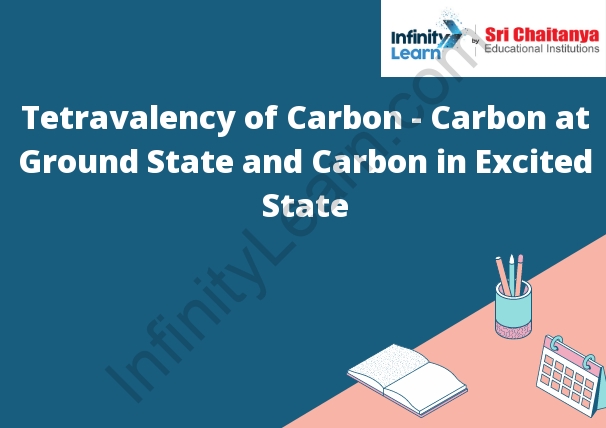Table of Contents
Carbon-Carbon Tetravalency at Excited and Ground State
Tetravalency of Carbon – Carbon at Ground State & Carbon in Excited State- A carbon atom has four valence electrons, which can be distributed among four different covalent bonds. In the excited state, two of the valence electrons are promoted to higher energy orbitals, leaving two unpaired electrons in the lower energy orbitals. These unpaired electrons can form a covalent bond with another atom, resulting in a carbon-carbon tetravalent molecule. In the ground state, the two promoted electrons return to their original orbitals, and the molecule returns to its original state.

Tetravalency of Carbon
The tetravalency of carbon means that carbon can form four covalent bonds. This is possible because carbon has four electrons in its outer shell that it can share with other atoms. When carbon forms covalent bonds, it forms a molecule with a stable electron configuration.
Carbon at Ground State (Electronic Configuration)
The ground state electronic configuration of carbon is 1s2 2s2 2p2.
Carbon in Excited State (Electronic Configuration)
- In an excited state, a carbon atom has more energy than in its ground state. This extra energy can be released in various ways, such as by emitting a photon of light. In an excited state, a carbon atom’s electronic configuration is 1s22s22p2.
- The tetravalency of carbon is a result of its chemical properties. Carbon is able to form four covalent bonds because of its electron configuration. This makes it a very versatile element that can form a variety of molecules.






